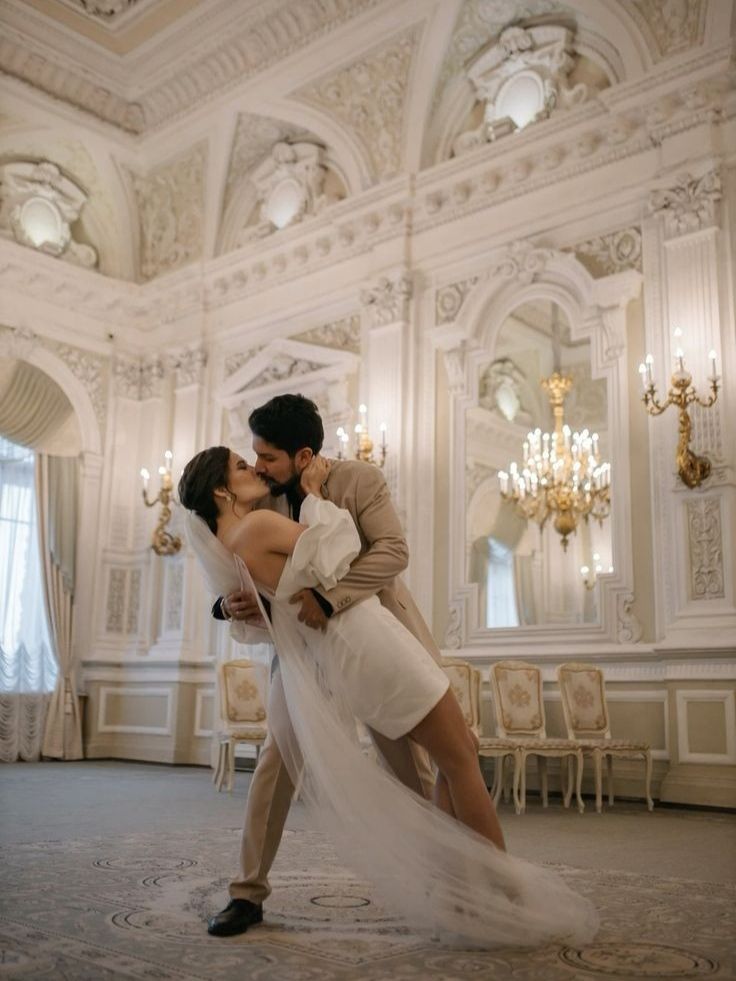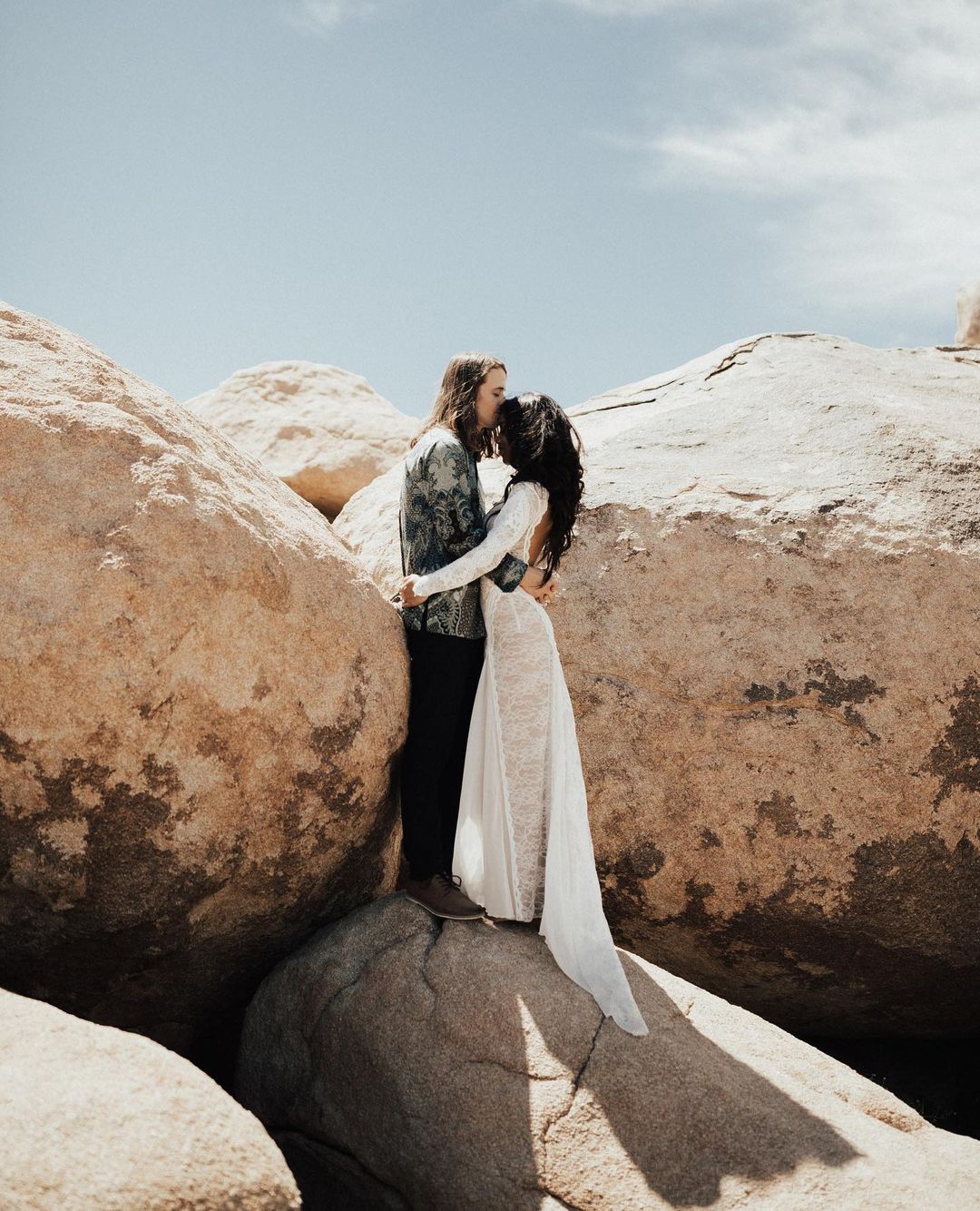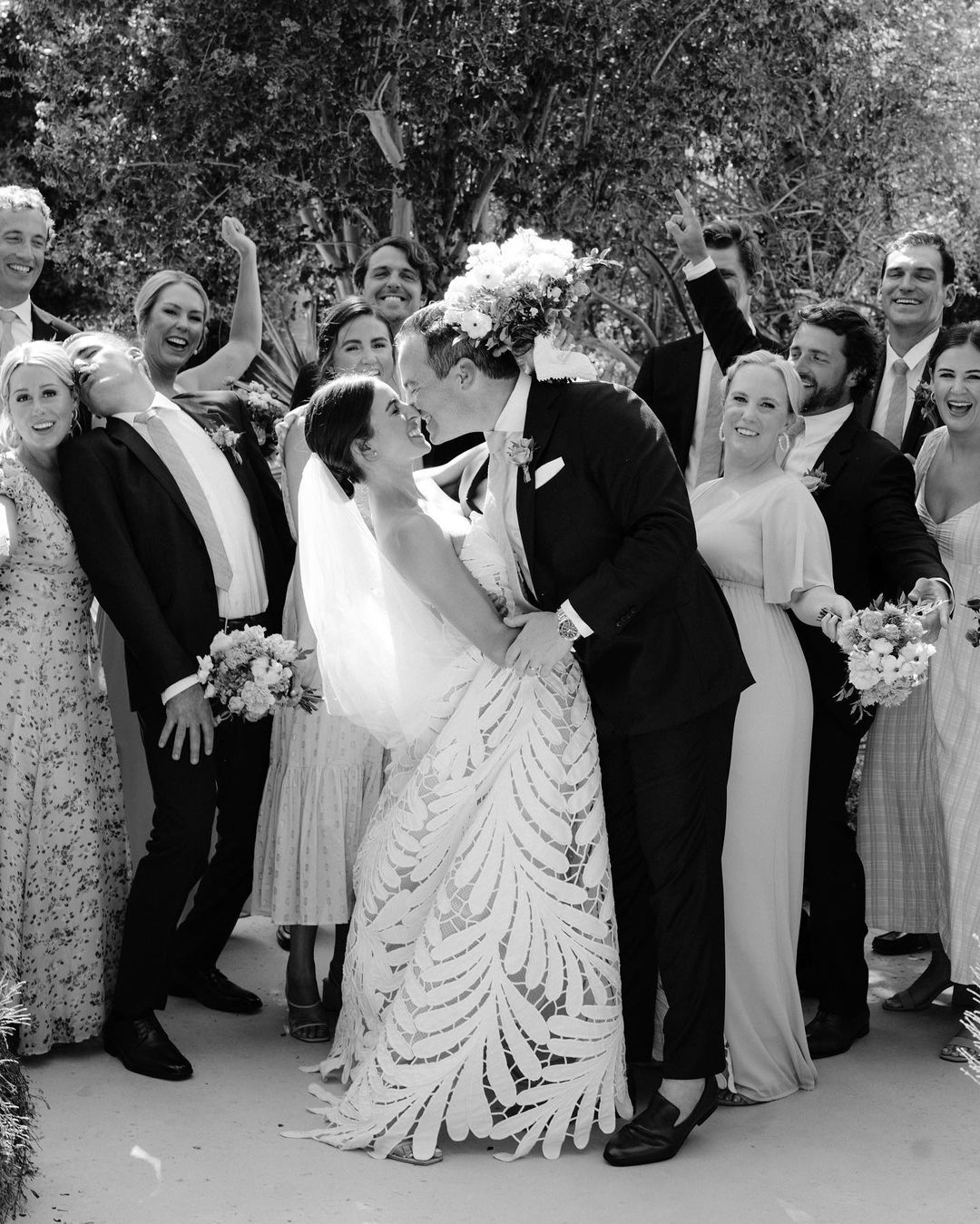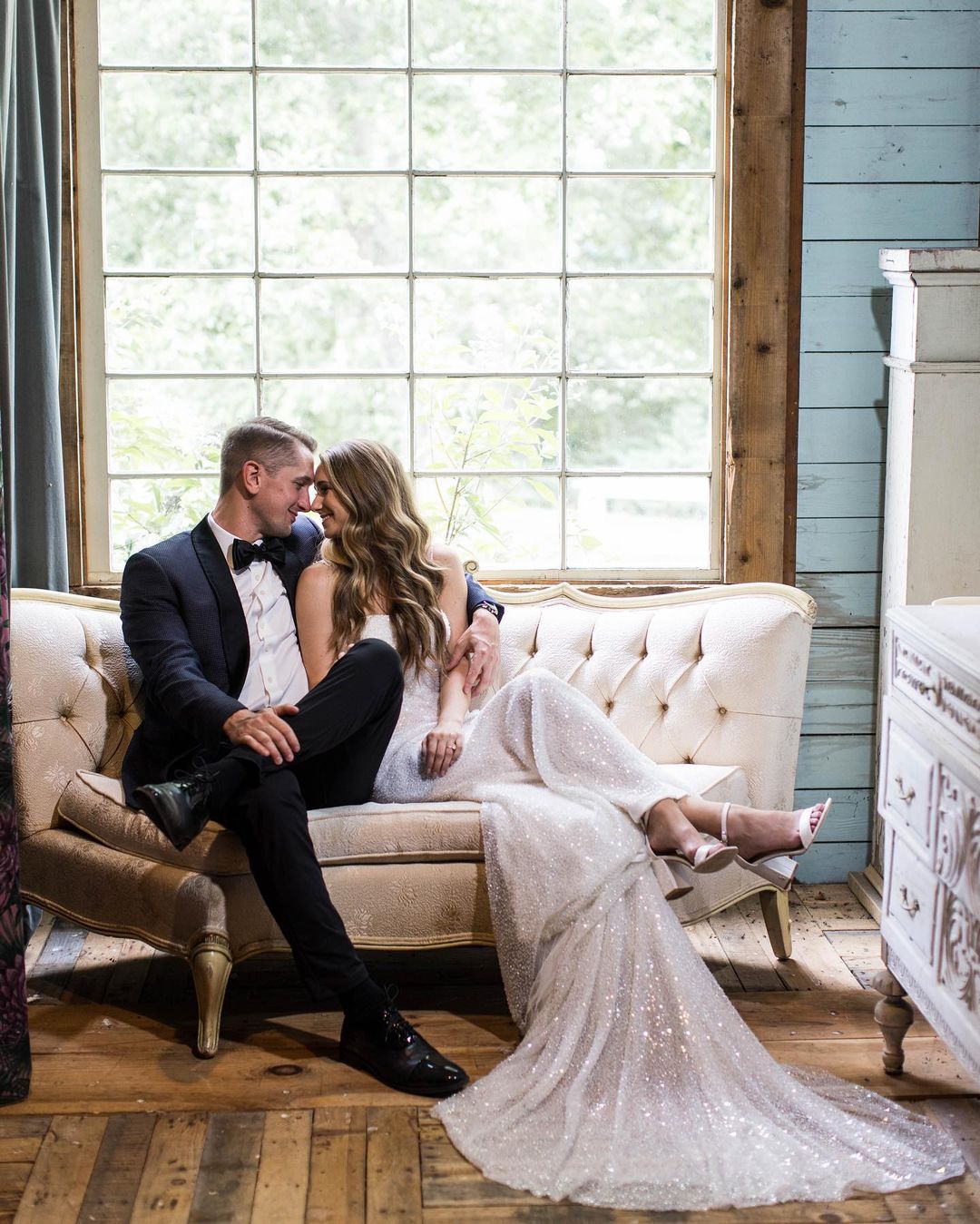Sikh Wedding Traditions
- Author: Natali Grace Levine
- Reading time: 11 min 3 sec
- Publication date: 05/18/2023
- Updated: 05/18/2025
- Show-Stopping Indian Wedding Ceremony Attire And Accessories
- Here Comes the Bride: Indian Wedding Bride Traditions
- Suave and Stylish: Indian Wedding Traditions for Groom
- Rituals and Revelry: Indian Wedding Ceremony Description and Meaning
- Mind-Blowing Indian Wedding Traditions Facts
- Party Time: Punjabi Wedding Traditions
- A Culinary Extravaganza: Indian Wedding Traditional Food
- Indian Wedding Traditional Decor
- Gifts Galore: Sikh Wedding Traditions Gifts
- Average Indian Wedding Ceremony Cost
Hey there! Are you ready to dive into the fascinating world of Indian wedding traditions? Today, we're about to take you on a whirlwind tour of this incredible cultural experience. From the colorful attire and captivating rituals to the heartwarming customs and gifts, there's so much to learn and love about Sikh weddings. So, let's jump right in, shall we?

Show-Stopping Indian Wedding Ceremony Attire And Accessories
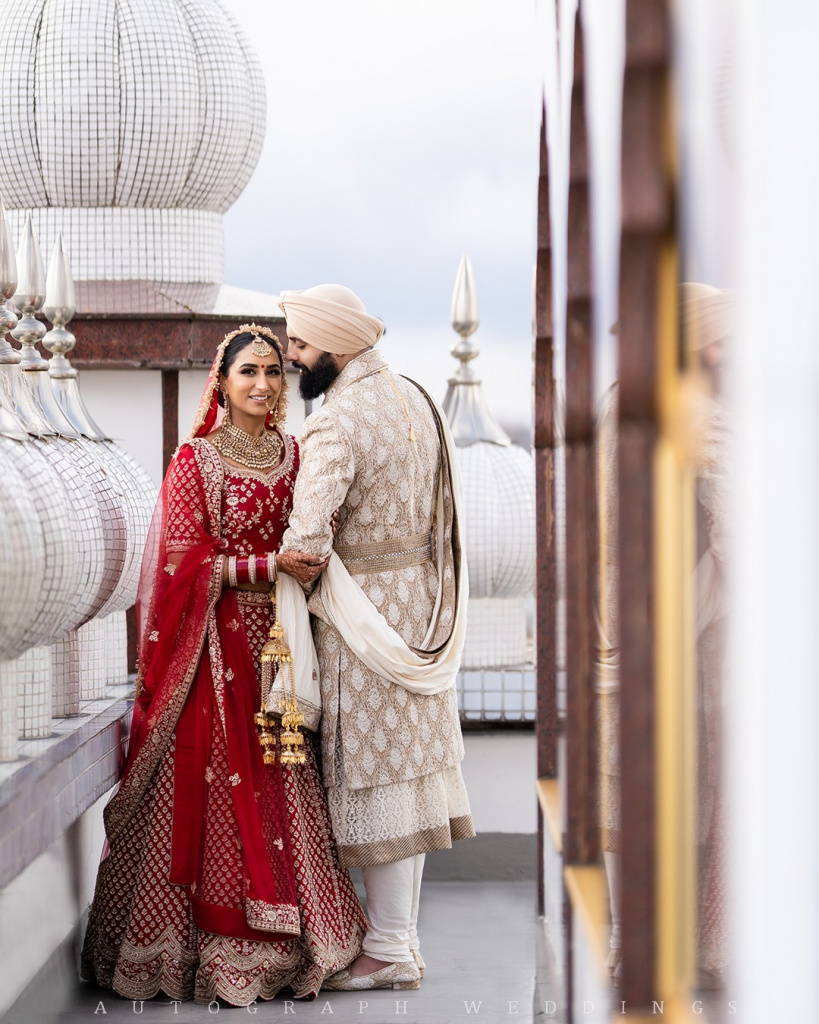
First things first, let's talk about the fabulous Indian wedding ceremony accessories and attire. Trust us, these outfits are the definition of jaw-dropping. For starters, the bride typically wears a stunningly embroidered lehenga or salwar kameez, complete with vibrant colors and intricate designs. The groom, on the other hand, dons a stylish sherwani, which is a long coat-like garment, paired with a churidar or dhoti. Can you say #WeddingGoals?
But wait, there's more! Accessories are the cherry on top of these already fabulous outfits. Brides often wear breathtaking jewelry, like maang tikka (forehead jewelry), chooda (bridal bangles), and kaleere (ornamental danglers). Grooms aren't left behind, sporting a traditional turban, or pagri, and a decorative sehra or kalgi. Honestly, these outfits alone could make anyone want to attend a Sikh wedding.
Here Comes the Bride: Indian Wedding Bride Traditions
Now that we've covered the amazing outfits, let's dive into some Indian wedding rituals for brides that'll make you go "aww." One of the most important pre-wedding rituals is the Mehndi ceremony, where the bride's hands and feet are adorned with intricate henna designs. It's said that the darker the henna, the stronger the love between the couple. How sweet is that?
Another beautiful tradition is the Vatna ceremony, during which a paste made of turmeric, sandalwood, and rosewater is applied to the bride's skin to give her a radiant glow. And, of course, we can't forget the emotional Vidaai, when the bride bids farewell to her family before starting her new life with her husband. Pass the tissues, please!
Suave and Stylish: Indian Wedding Traditions for Groom
Grooms, don't worry – we haven't forgotten about you! Indian wedding traditions for the groom are equally as captivating. One of the most memorable events is the Baraat, a lively procession where the groom arrives at the wedding venue on a beautifully decorated horse, surrounded by his dancing friends and family. Talk about making an entrance!
Another important tradition is the Milni, during which the groom's family is warmly welcomed by the bride's family with garlands and hugs. This beautiful custom signifies the union of not only the couple but their families as well. How touching, right?
Rituals and Revelry: Indian Wedding Ceremony Description and Meaning
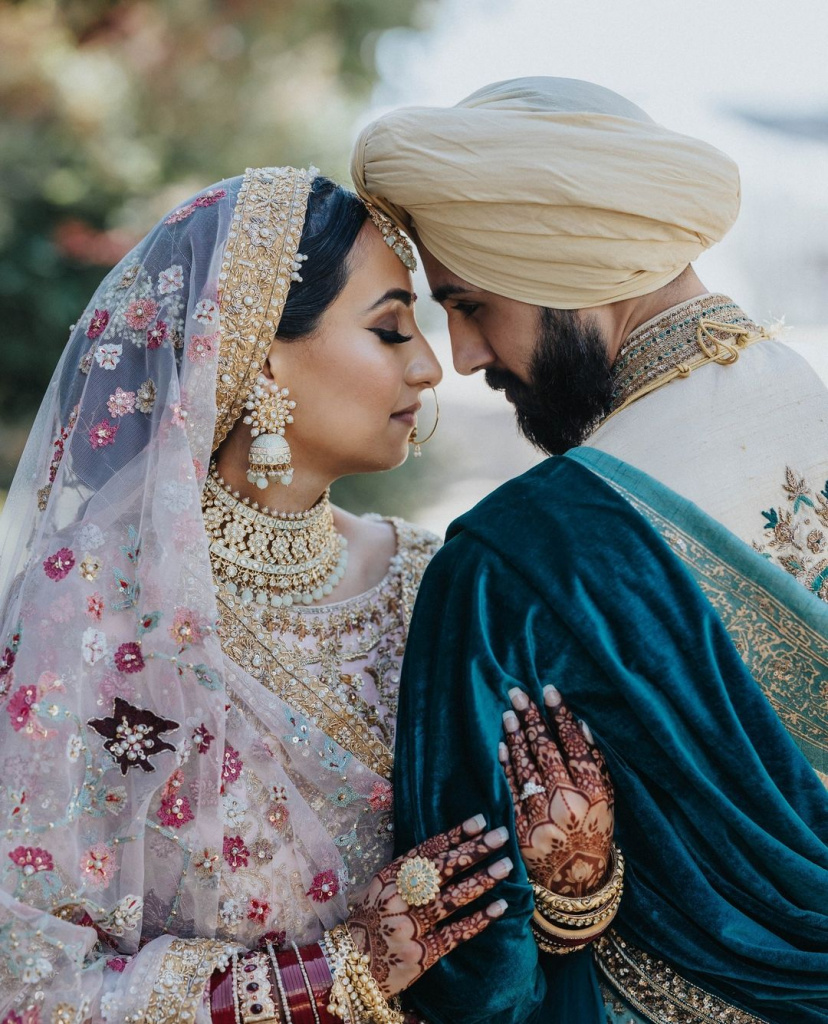
Let's delve deeper into the mesmerizing Sikh wedding ceremony, as we uncover more details about the Anand Karaj and its profound meaning. This sacred ceremony is a true reflection of the couple's commitment to each other and their faith, making it an unforgettable part of the wedding festivities.
Kirtan: The ceremony begins with Kirtan, which is the singing of hymns from the Guru Granth Sahib. This melodic and soulful singing sets the tone for the entire ceremony and creates a serene atmosphere.
Invocation: After the Kirtan, the officiant (usually a Granthi) recites the opening verses of the Guru Granth Sahib, known as the Japji Sahib. This is followed by an invocation, called the Ardās, to seek the blessings of the Almighty for the ceremony.
Palla Ceremony: Before the Laava begins, the groom's father or a close relative presents him with the Palla, a ceremonial scarf. The groom then drapes one end of the Palla over his shoulder, while the bride holds the other end. This ritual symbolizes the couple's eternal bond and their shared journey ahead.
Laava: The core of the Sikh wedding ceremony is the Laava, which consists of four hymns that describe the stages of a couple's spiritual journey together. As each hymn is sung, the couple circles the Guru Granth Sahib, led by the groom. With each round, the couple renews their commitment to each other and their faith.
Anand Sahib: After the completion of the Laava, the Anand Sahib, a hymn of bliss and contentment, is sung. This hymn signifies the couple's happiness and gratitude for their union.
Presentation of the Rumala: A beautifully embroidered cloth, called the Rumala, is presented to the couple by the bride's family. This cloth is then used to cover the Guru Granth Sahib as a gesture of love and respect.
Hukamnama: The officiant randomly selects a passage from the Guru Granth Sahib, known as the Hukamnama. This passage serves as a divine message and guidance for the couple's married life.
Final Ardās: A concluding Ardās is recited, seeking blessings for the couple's new life together and expressing gratitude for the successful completion of the wedding ceremony.
Deg and Prasad: The ceremony concludes with the distribution of Deg, a sanctified pudding, and Prasad, a sweet offering, to the congregation. This symbolizes the sharing of blessings and happiness with the community.
Langar: Following the ceremony, guests are invited to partake in the Langar, a community meal. This meal, prepared and served by volunteers, emphasizes the principles of equality and humility in Sikhism.
Throughout the Anand Karaj, there is a strong focus on the Guru Granth Sahib, which serves as the spiritual center of the ceremony. Each ritual is infused with meaning and reverence, reflecting the couple's commitment to their faith and their new life together.
The Sikh wedding ceremony is a beautiful blend of rituals and symbolism, making it a truly enchanting experience for all who witness it. From the melodious Kirtan to the heartwarming Laava, the Anand Karaj is a testament to the power of love, faith, and togetherness.
Mind-Blowing Indian Wedding Traditions Facts
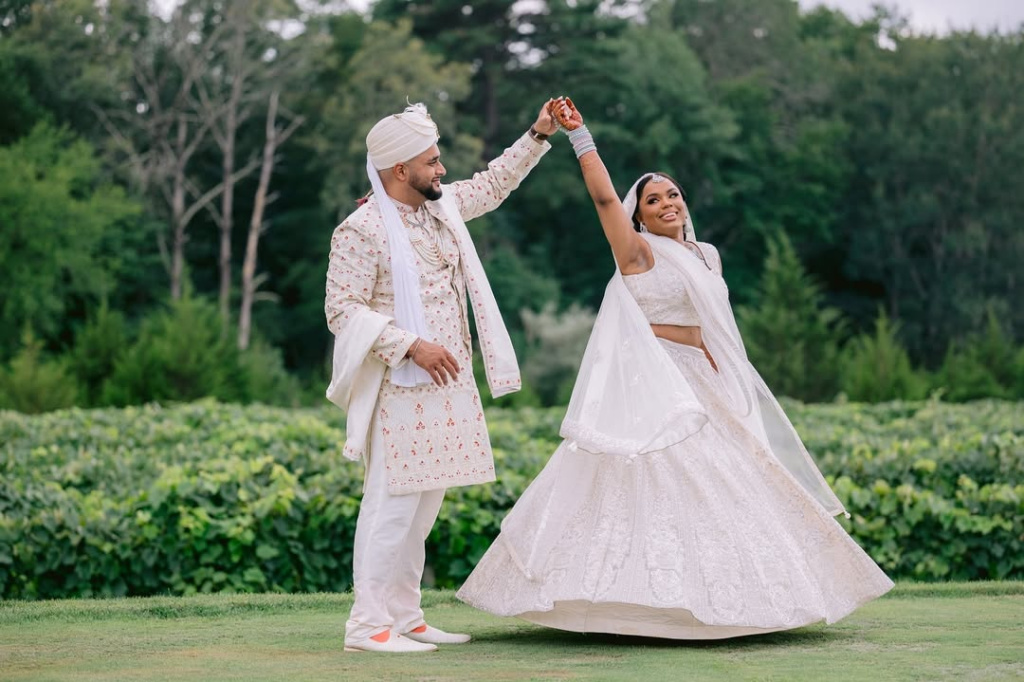
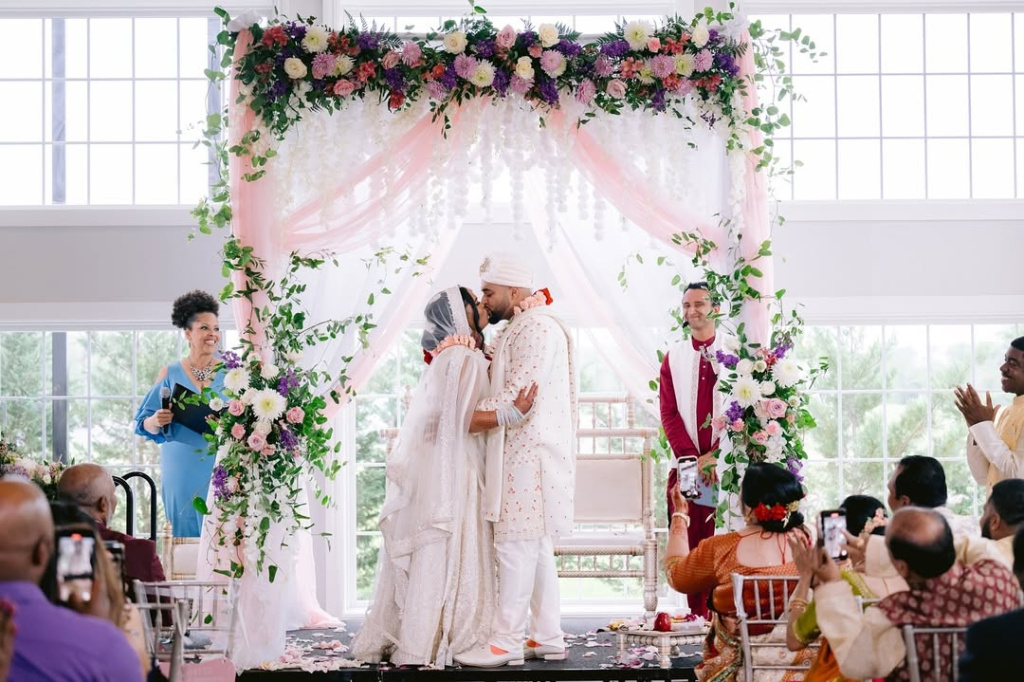
Get ready to have your mind blown, because we're about to reveal even more fascinating facts about Indian wedding traditions. These little-known tidbits will give you a whole new appreciation for the richness and complexity of Sikh weddings.
No Time for Procrastination
Did you know that most Sikh weddings are deliberately planned to avoid Tuesdays and Thursdays? These days are considered inauspicious for such events, so families carefully select wedding dates on other days of the week.
Rise and Shine
As we mentioned earlier, Sikh weddings often take place in the morning, with the Anand Karaj ceremony typically occurring before noon. This early start is due to the importance of morning prayer and meditation in Sikhism.
A Multi-Day Affair
Sikh weddings aren't just one-day events. They can span several days or even a week, filled with various pre-wedding and post-wedding ceremonies, such as the Roka, Sangeet, Mehndi, and Reception.
The Auspicious Akhand Path
In the days leading up to the wedding, an Akhand Path – a continuous reading of the Guru Granth Sahib – is often held at the family's home or a Gurdwara. This 48-hour-long reading seeks blessings and spiritual guidance for the couple's future together.
Family Ties
During the wedding ceremony, the bride and groom's families sit together as one united group, symbolizing the joining of not just the couple, but also their families.
A Sweet Beginning
Following the ceremony, the couple is traditionally offered a sweet dish, often a mixture of rice, yogurt, and sugar, as a symbol of a sweet and harmonious life together.
Vegetarian Vibes
Most Sikh weddings serve only vegetarian food, even if the families are not strictly vegetarian themselves. This is to ensure that the meal is inclusive and respectful of the diverse beliefs and dietary preferences of the guests.
The Power of Numbers
Numerology plays an important role in Sikh weddings. The wedding date, auspicious timings, and even the number of guests invited can be influenced by the couple's numerology charts.
A Bride's Emotional Journey
As part of the Vidaai ceremony, the bride throws a handful of rice behind her as she leaves her parents' home. This symbolizes her gratitude for the love and care they provided, and the hope that prosperity will continue in her family's home.
A Warm Welcome
Upon arriving at her new home, the bride is welcomed by her mother-in-law with an Aarti ceremony. The bride then places her feet in a mixture of water and milk, which she uses to push a small pot of rice across the threshold, symbolizing abundance and prosperity in her new home.
These fascinating facts offer a glimpse into the incredible depth and richness of Indian wedding traditions, showcasing the meticulous attention to detail and the deep-rooted significance of each ritual. As you explore and learn more about these traditions, you'll find that there's always something new to discover, making Sikh weddings an ever-evolving celebration of love, faith, and unity.

Party Time: Punjabi Wedding Traditions
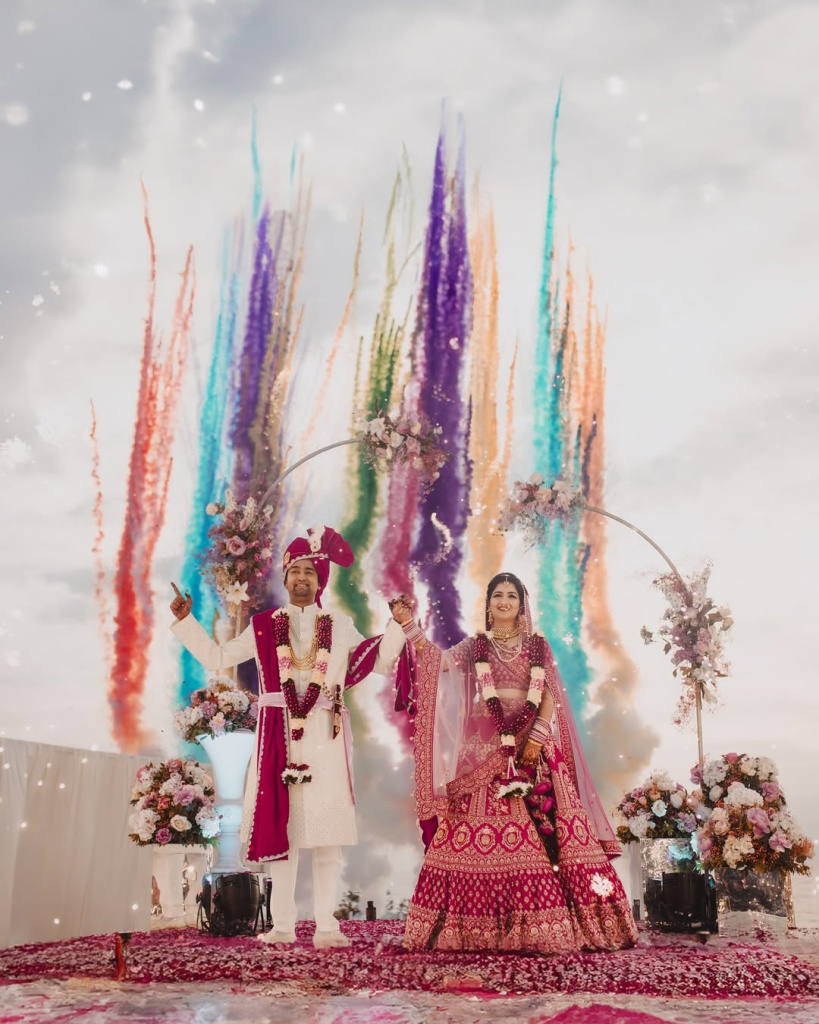
It's time to turn up the music and immerse ourselves in the joyous world of Punjabi wedding traditions! In addition to the spiritual Sikh ceremonies, Punjabi weddings are brimming with fun, laughter, and entertainment. So, without further ado, check out this Sikh wedding traditions checklist!
Roka Ceremony
The Roka marks the beginning of the wedding celebrations. This informal event involves the families of the bride and groom coming together to officially announce the engagement and bless the couple. Gifts, sweets, and warm wishes are exchanged, setting the stage for the festivities to come.
Chunni Chadai
In this pre-wedding ritual, the groom's family visits the bride's home to present her with a red chunni or dupatta, symbolizing her acceptance into the groom's family. The bride is also gifted clothes, jewelry, and other accessories to be worn during the wedding ceremonies.
Sangeet
The Sangeet is a lively pre-wedding party that brings both families together for a night of music, dance, and laughter. Friends and relatives perform choreographed dances, while others sing or play instruments, creating a festive atmosphere that lasts late into the night.
Jaggo
The Jaggo is a boisterous celebration held the night before the wedding, with the bride's or groom's family dancing, singing, and carrying a decorated copper vessel called a gagger. This procession goes through the neighborhood, accompanied by the beat of the dhol (a traditional Punjabi drum), as the family announces the upcoming wedding.
Mehndi Ceremony
As we mentioned earlier, the Mehndi ceremony is when the bride's hands and feet are adorned with intricate henna designs. Female relatives and friends also apply henna, turning the event into a fun-filled gathering of laughter and bonding.
Ghara Ghardoli
In this ritual, the bride and groom, separately, visit a nearby temple or holy place to draw water from a decorated pitcher. The water is then used by their respective mothers to bathe them, symbolizing purification and blessings before the wedding day.
Sehrabandi
Just before the Baraat, the groom's family gathers to tie a sehra (a beaded or floral veil) to his turban. This ritual signifies the groom's transition into manhood and is accompanied by blessings from his elders.
Bhangra and Gidda
At the wedding reception, guests enjoy energetic Punjabi folk dances like Bhangra (performed by men) and Gidda (performed by women). These lively dances are characterized by their upbeat music, high jumps, and synchronized movements, creating an infectious atmosphere of joy and celebration.
As you can see, Punjabi wedding traditions are filled with excitement, energy, and merriment. These vibrant customs bring families and friends together, creating unforgettable memories that will be cherished for a lifetime. So, when you attend a Punjabi wedding, be prepared to dance, laugh, and celebrate like never before!
A Culinary Extravaganza: Indian Wedding Traditional Food
Now, let's move on to another mouthwatering aspect of Indian weddings – the traditional food! Indian wedding feasts are legendary for their diverse and delicious offerings, with each dish carefully prepared to tantalize your taste buds. So, let's explore some of the most iconic dishes that you'll find at an Indian wedding.
- Biryani: Aromatic and flavorful, biryani is a rich, spiced rice dish often made with chicken, lamb, or vegetables. It's a crowd-pleaser that's as beautiful to look at as it is to eat.
- Paneer Tikka: These skewered chunks of marinated paneer (Indian cottage cheese) are grilled to perfection, making them a popular vegetarian appetizer at Indian weddings.
- Butter Chicken: Tender, succulent pieces of chicken are cooked in a rich, creamy tomato-based gravy, creating an irresistible dish that's a true staple of Indian wedding feasts.
- Dal Makhani: This slow-cooked, creamy lentil dish is a comforting and flavorful addition to any Indian wedding menu. It pairs perfectly with naan or rice, making it a versatile and delicious option for guests.
- Chaat: Indian weddings often feature a variety of chaat, which are savory snacks that pack a punch of flavor. From tangy pani puri to crunchy papdi chaat, these bite-sized treats are perfect for mingling and snacking throughout the celebration.
- Gulab Jamun: No Indian wedding is complete without an array of mouthwatering desserts, and gulab jamun is a fan favorite. These soft, spongy balls of dough are soaked in a sweet syrup, creating a heavenly treat that's hard to resist.
- Jalebi: Another iconic Indian dessert, jalebi is a spiral-shaped treat made from deep-fried batter soaked in sugar syrup. Its bright orange color and distinctive shape make it a visually stunning addition to any dessert table.
Indian Wedding Traditional Decor
Let's talk about the incredible world of Indian wedding traditional decor, which transforms venues into breathtaking works of art. With their vibrant colors, intricate patterns, and stunning attention to detail, these decorations add a touch of magic to every celebration.
- Colorful Drapes: Rich, colorful fabrics are a hallmark of Indian wedding decor. Drapes in shades of red, gold, and other vibrant hues are used to adorn the ceilings, walls, and entrances, creating a festive and luxurious atmosphere.
- Marigold Galore: No Indian wedding is complete without marigolds. These bright, fragrant flowers are used in garlands, centerpieces, and even as wall decorations, symbolizing prosperity and good fortune.
- Rangoli: Rangoli is a traditional Indian art form that involves creating intricate patterns on the floor using colored powders, rice, or flower petals. These beautiful designs are meant to welcome guests and bring positive energy to the wedding venue.
- Majestic Mandap: The mandap is a canopy or stage where the wedding ceremony takes place. It is typically adorned with flowers, fabrics, and twinkling lights, creating an enchanting space for the bride and groom to exchange their vows.
- Exquisite Table Settings: Indian wedding table settings are a feast for the eyes, with ornate tableware, vibrant linens, and opulent centerpieces. Every detail is carefully curated to create an unforgettable dining experience for the guests.
Gifts Galore: Sikh Wedding Traditions Gifts
Last but certainly not least, let's talk about the Sikh wedding traditions gifts. Giving and receiving gifts is an integral part of Sikh weddings, symbolizing love, appreciation, and goodwill between the couple and their families.
One of the most common gifts is the Shagun, an offering of money presented to the couple by their relatives. This can come in the form of crisp banknotes or even gold coins. Another popular gift is the presentation of clothes and jewelry, which are often given to the bride and groom by their families during pre-wedding rituals.
But it's not all about material gifts – blessings and prayers are also exchanged, with elders from both families offering their heartfelt wishes for the couple's happiness and prosperity. These heartfelt gestures truly embody the spirit of love and unity that makes Sikh weddings so incredibly special.
Average Indian Wedding Ceremony Cost
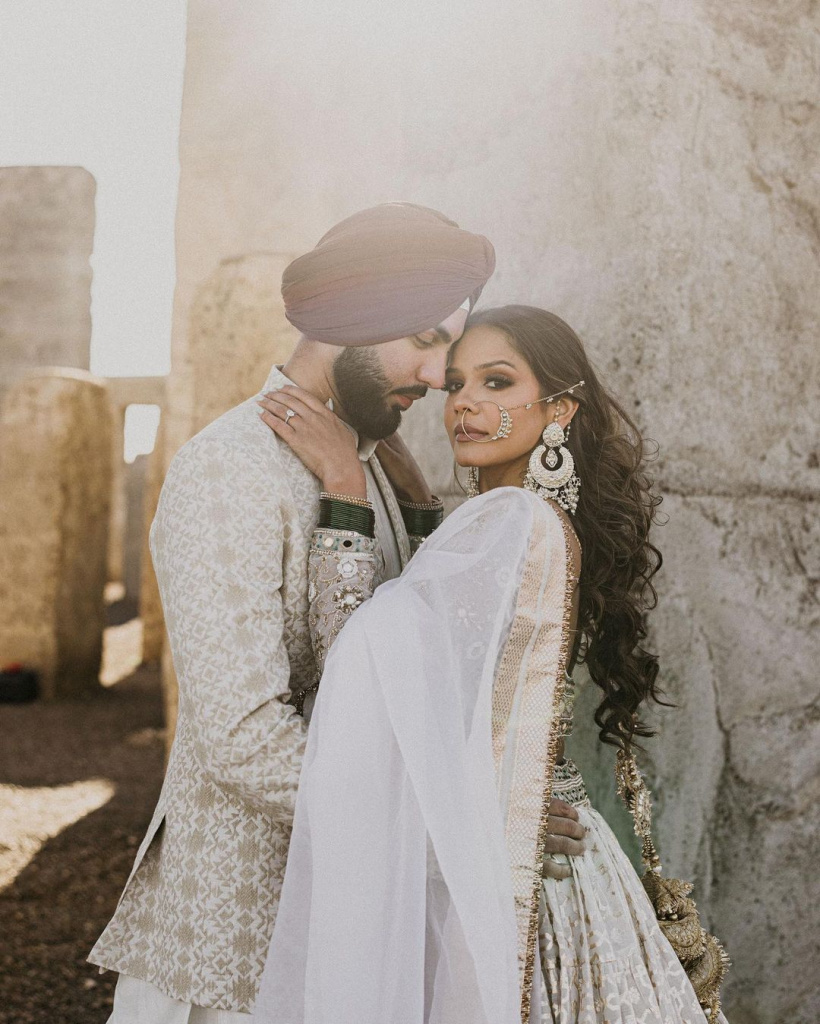
With all the lavish decorations, extravagant feasts, and numerous ceremonies, the cost of an Indian wedding can vary greatly depending on the couple's preferences and budget. It's challenging to provide a single average cost, as factors such as location, guest count, and personal choices play a significant role in the overall expenses.
However, to give you a rough idea, the average Indian wedding cost can range anywhere from $25,000 to $100,000 or more. Keep in mind that this is just an estimate and costs can go even higher for more luxurious weddings, while some couples may choose to have a more intimate and budget-friendly affair.
It's important to note that Indian weddings are known for their grand celebrations, and families often save up for years to ensure that the event is a memorable and joyous occasion. That being said, couples can still plan a beautiful and meaningful wedding within their budget by prioritizing certain aspects and carefully managing their expenses.
And there you have it – a whirlwind tour of the colorful, emotional, and downright magical world of Sikh wedding traditions. From the dazzling outfits to the heartfelt rituals, it's clear that Sikh weddings are a celebration of love, faith, and togetherness that's truly unforgettable.











